The Lower Chickahominy area is about as close as you can get to the first steps of English colonialization. As Europeans moved westward and Virginia’s economy grew, plantations were established across the Lower Chickahominy area and beyond. Today, a discussion of history, culture and tourism in the Lower Chickahominy would not be complete without mention of these plantations and the African people who were enslaved there.
Shirley Plantation, Virginia’s first plantation, was founded in 1613 by a royal land grant. In the 1600s, the European population grew rapidly in the area today known as Virginia, and the 1700s saw the construction of more plantation houses, built with the proceeds from selling tobacco.
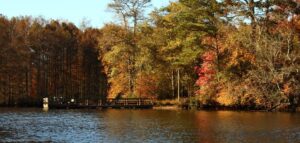
Both the production of tobacco and the construction of plantation houses relied on the economic realities of forced labor by enslaved Africans. The first enslaved Africans arrived in Virginia in 1619. In 1623, the rolls at Flowerdew Hundred in the then borough of Charles City counted 11 of these first enslaved people in Virginia. Charles City County has produced a series of exhibits and a self-guided tour about the African American experience in the county called Freedom’s Jubilee.
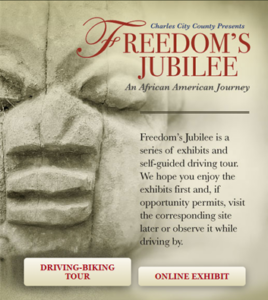
Freedom’s Jubilee marks the African American journey across four centuries, from the arrival of the first enslaved Africans to the difficulties they faced post-Emancipation Proclamation and the abolition of slavery. This resource offers a self-guided driving and biking tour map that shares an extensive overview of the African American experience and historical sites.
Driving & Biking Tour
The Freedom’s Jubilee driving and biking tour helps visitors explore the area and feel a deeper connection to the history and the events that took place there. It begins at the Charles City visitor information center located in the county’s 1901 historic clerk’s office. At the visitor center, guests can pick up the “Tracking African American Trailblazers” brochure with the trail map and more information.
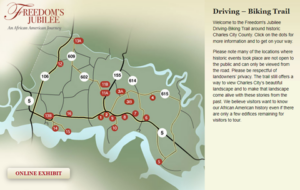
There are nineteen different stops on the self-guided tour. You will explore the town of Ruthville, within Charles City, one of the first free-Black communities before the Civil War, and where many freed slaves settled. Ruthville was a center for religious life, commerce and education.
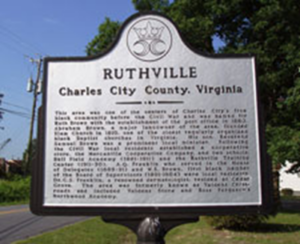
Along the trail, you will also visit churches, plantations, a cemetery, a school and a Civil War fort. The Virginia Capital Trail, a paved biking and pedestrian trail that runs through Charles City County is also located along the Freedom’s Jubilee tour.
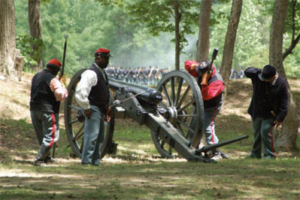
Keep in mind that many of the sites are not open to the public and must be viewed only from the road. It is important that all visitors are respectful of the landowners.
This experience provides a great opportunity to learn more about the Black experience in the Lower Chickahominy region. Be sure to check out the Lower Chickahominy page on the Virginia Water Trail site for more information on places to stay and eat while you are visiting!
